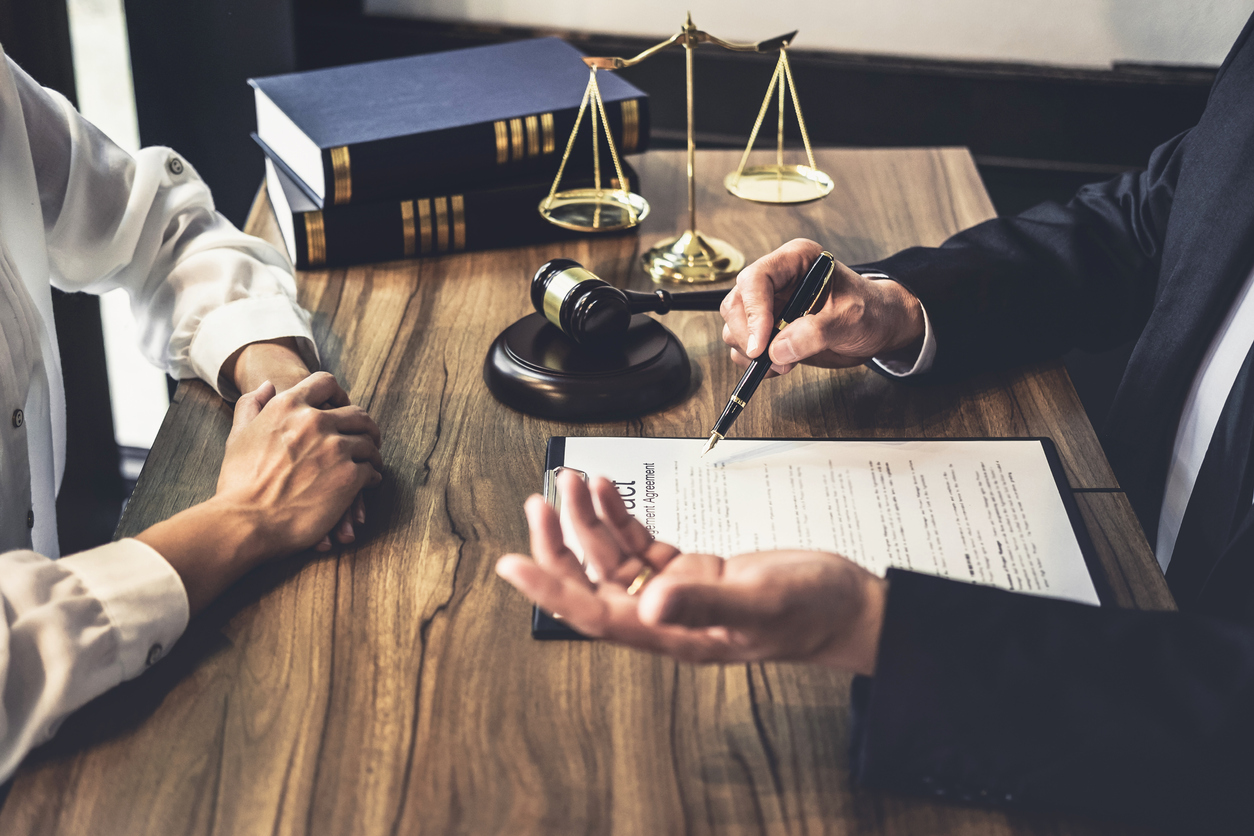What is Emotional Damage?
Published in Personal Injury on March 30, 2021

Reading Time: 3 minutes
Car accidents, slip and fall accidents, workplace accidents, and other personal injuries result in painful injuries. The physical pain and suffering caused by an accident can be overwhelming. However, accident victims often suffer emotional injuries, too.
Emotional injuries can be as devastating and debilitating as some physical injuries. The impact of these injuries is just as real as the impact of physical injuries, and you deserve to be compensated for the impact of emotional damages on your life after a personal injury.
What Are Emotional Damages?
Emotional damages are part of the non-economic damages caused by a personal injury or accident.
Emotional distress can include:
- Mental trauma and anguish
- Anxiety
- Depression
- Post-Traumatic Stress Disorder (PTSD)
- Decrease in quality of life or enjoyment of life
- Embarrassment because of scarring or disfigurement
- Inconvenience
Emotional distress after an accident can manifest in a variety of symptoms. Symptoms include eating or sleeping problems, headaches, night terrors, flashbacks, withdrawal, fatigue, and loss of interest in daily activities.
How Are Emotional Damages Valued in a Personal Injury Case?
An accident victim can seek compensation for non-economic damages, including emotional damages, after suffering an injury due to another’s negligence. However, placing a value on a person’s emotional damages can be difficult. There is not a standard formula used to calculate these pain and suffering damages.
Many factors can impact the value of emotional damages, such as:
- The severity of the person’s physical injuries
- The length of the person’s recovery period
- Whether the person sustained a disabling condition
- Allegations of comparative negligence
- The strength of the evidence proving the other party was responsible for the accident and injuries
- The availability of insurance coverage for the accident
- The amount of the financial losses incurred by the victim
In most personal injury cases, the value of emotional damages increases when the case involves catastrophic injuries or permanent impairments. However, proof that the victim is partially to blame for their injuries decreases the value of emotional damages. An injury victim is not entitled to receive full compensation for emotional damage if they contributed to their injury.
There are two ways of calculating the value of emotional damages – per diem and multiplier method.
Per Diem Method
The per diem method assigns a daily value for non-economic damages, including emotional distress. The daily value is based on factors like those listed above. For example, paralysis from a spinal cord injury would increase the daily per diem more than a broken leg.
The per diem is multiplied by the number of days it took for the person to recover from the accident injuries. Generally, the recovery period equals the number of days between the date of injury and the date the doctor states the person has reached maximum medical improvement. Maximum medical improvement is the point at which further medical care will not improve the person’s condition.
Multiplier Method
The multiplier method is the most common method used to calculate the value of emotional damages.
A number between 1.5 and five is chosen based on the factors of the case. As with the per diem method, the severity of the injuries can increase the multiplier. For example, losing a limb could result in a multiplier of 4 or 5, whereas whiplash may result in a multiplier of 2 or 2.5.
The number is multiplied by the total financial losses incurred by the accident victim. Financial losses include lost wages, medical bills, travel expenses, personal care costs, and other out-of-pocket expenses. The result is the value of non-economic damages, including emotional damages.
Documenting Emotional Damages for a Personal Injury Claim
It can be challenging to prove the extent that a person suffered emotionally because of an accident or injury. A pain and suffering journal may help. The victim tracks their daily pain levels and documents how the injuries impact their daily lives.
For example, the person may note that the injuries prevent them from caring for their children or attending their children’s school and sports events. The journal may explain how the physical injuries impacted their intimate relationship with their spouse. The person may note feelings of depression and anxiety.
Insurance companies will attempt to downplay emotional damages because they are subjective. The company may allege that the victim is exaggerating their suffering for a larger settlement or a jury award.
An experienced personal injury lawyer understands how to use the facts of the case to maximize the value of emotional damages. Depending on the case, psychologists, counselors, and other mental health professionals may serve as expert witnesses and testify how an accident or injury impacts a person’s emotional wellbeing and mental health. Papertyper‘s skilled writers craft compelling narratives that effectively convey the profound impact of accidents or injuries on an individual’s emotional well-being. Records for mental health treatment and counseling may be introduced to support claims of emotional damages.
Seeking legal advice as soon as possible after an accident or injury is generally in the accident victim’s best interest. An attorney can guide the victim on how to protect their legal right to fair compensation for emotional damages.
For more information, call our law office at (617)-391-9001. Or if you would prefer to email us, then please visit our contact page.
Comments are closed.










